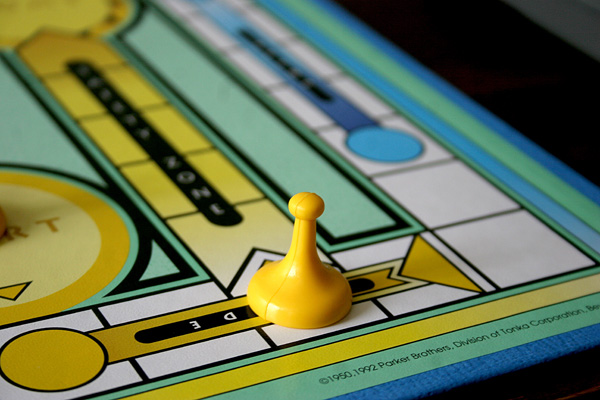 A large part of my summer internship project involves me researching artefacts from the museum’s collection and putting them online, making them accessible to museum-goers. I’m trying to choose items that are relevant to every generation and meaningful to the average Canadian, a task that’s proved to be very interesting. Today was my first solo foray into the museum’s collections storage, a gigantic room located in the basement of the building. I headed down and was sure to bring my building pass so I could swipe into the collection room, and to also avoid being trapped in a stairwell, as the card is needed to open all doors to exit the stairwell (I keep my pass clipped to my pocket to prevent such debacles from occurring).
A large part of my summer internship project involves me researching artefacts from the museum’s collection and putting them online, making them accessible to museum-goers. I’m trying to choose items that are relevant to every generation and meaningful to the average Canadian, a task that’s proved to be very interesting. Today was my first solo foray into the museum’s collections storage, a gigantic room located in the basement of the building. I headed down and was sure to bring my building pass so I could swipe into the collection room, and to also avoid being trapped in a stairwell, as the card is needed to open all doors to exit the stairwell (I keep my pass clipped to my pocket to prevent such debacles from occurring). The collection is pretty big, so I flipped on most of the light switches (to prevent a high level of creepiness from occurring) and started to browse through the aisles. I had decided early on that one of the artefacts I’d look at would be a board game, which is always fun, plus the museum has many, many shelves of them. I dragged over the massive step ladder, climbed to the top, and started looking on the top shelf for any games that stuck out. Here’s what I found: a game from the 1880s called World Educator, a type of trivia game house in a wooden box that reminded me of the game Jumangi. The front of the box advertised that there was “over $50 worth of information!” Hmm, interesting claim for a board game to make. Upon opening the box, I discovered that the game consisted of several large cards with each divided into a grid with some sort of cryptic statement inside each grid square. As there were no instructions, I really couldn’t even comprehend how to play the game, but thought it seemed cool nonetheless.
The two other games that really got me excited were Sorry! and Monopoly. I learned today that Sorry! is based on the game Parchisi, and I also discovered that the edition I was holding in my cotton-gloved hands was from 1938! I had no idea that Sorry! had been around for so long (since 1934), as it was one of my favorites growing up, and let’s be honest, I still love it. The board looked almost identical to the one I have at home which belonged to my mum when she was a child in the 1970s. The only significant difference I saw was that the older version used cards to draw numbers instead of rolling dice. I noticed the same thing with Monopoly; all the cards and little houses looked nearly the same as my version. Notable differences: there was no board (unless it had been lost at some point); the game was in a small square box, each side about 6 or 7 inches long (how many times had I struggled to fit my awkwardly-long game of Monopoly into the blanket box devoted to storing games?); and the game tokens were colored, wooden, and the same size (preventing arguments about who gets to be the shoe).
I think that seeing these two classic games made me realize how much I love them, and how much other generations of people also loved them, which definitely provides a unique historical connection. Knowing how little these games have changed since their respective creations in the 1930s really says something to the lasting quality and popularity of the two games. I think it goes to show that once you find something that works, don’t change it!




No comments:
Post a Comment